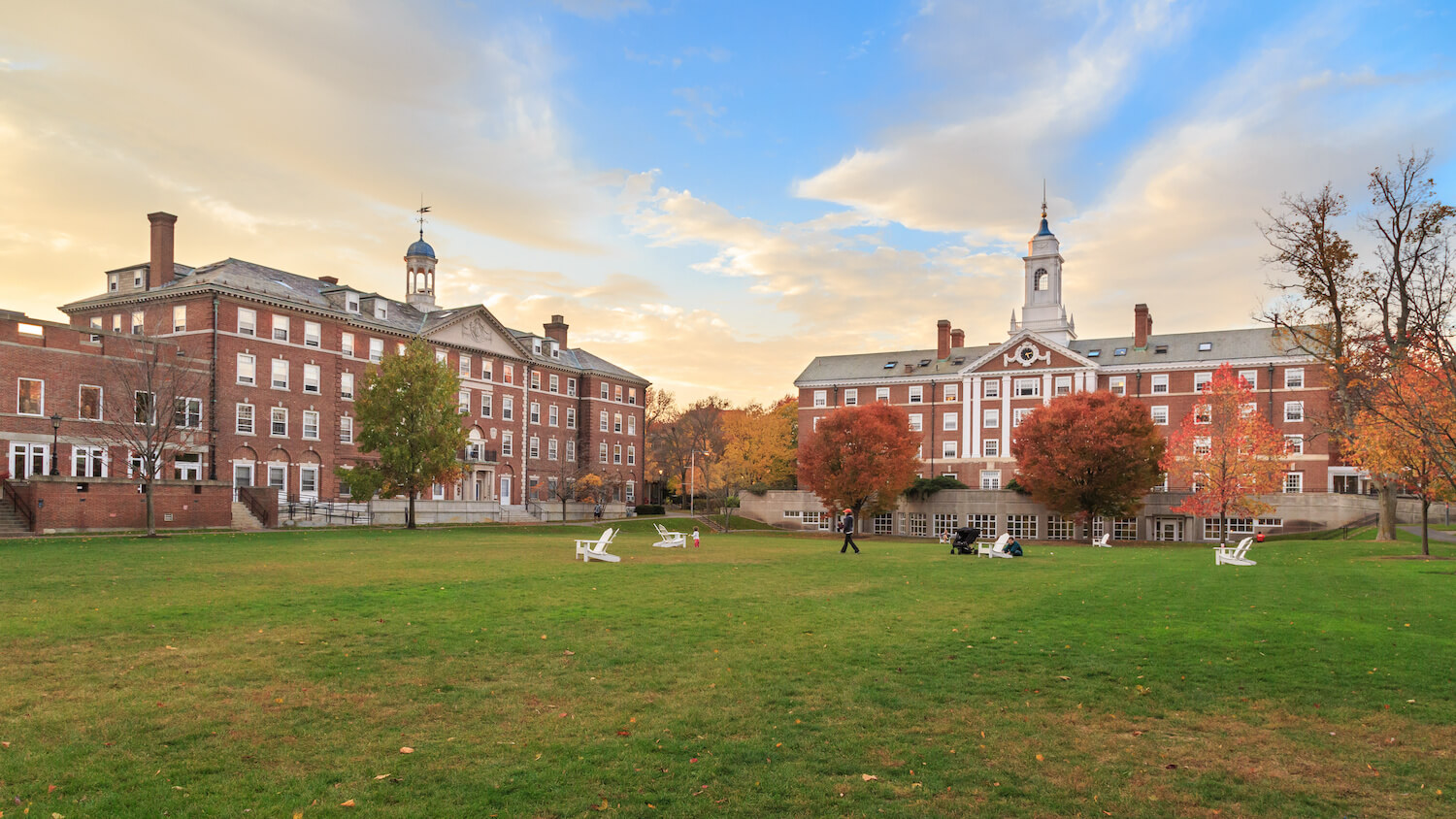Some Schools See Opening in Affirmative-Action Ruling
Officials, while disheartened by ruling, seize on chief justice’s language that allows discussion of race in college applications
By Douglas Belkin | Friday June 30, 2023 7:37 am
The Supreme Court ruling on Thursday shut the front door to the use of race-based affirmative action for college admissions—but it cracked open a window.
In a 6-3 ruling penned by Chief Justice John Roberts, the court overturned well-established precedent that had stood for 45 years, finding that the use of race in college admissions violates the Constitution. The ruling is likely to make it much harder for schools to maintain racial diversity in their classes.
In the minds of some college administrators, however, Roberts might have left some wiggle room. He wrote, “nothing in this opinion should be construed as prohibiting universities from considering an applicant’s discussion of how race affected his or her life, be it through discrimination, inspiration, or otherwise.”
In other words, Roberts seems to be allowing—and possibly encouraging—students to include in application essays the impact their race has had on their lives, though Roberts didn’t specify the types of discussions that could pass muster. Roberts also later cautioned against establishing “through application essays or other means the regime we hold unlawful today.”
Still, some schools hope the language ultimately allows them to continue identifying some students by color and ethnicity, which could inform their admissions decisions.
Roberts’s language caught the eye of David Harris, president at Union College in Schenectady, N.Y., who said he immediately emailed his admission director to ask about what sort of essay prompt the school might design around it.
“A lot of schools ask some version of a question about challenges you’ve overcome,” Harris said. “That question could be revised somewhat to be more clear about a range of things.” Harris said, however, that it was likely too soon to know what a school would be allowed to do, and that they were conferring with lawyers.
At College of the Holy Cross in Worcester, Mass., President Vincent D. Rougeau also said his school would approach the ruling cautiously. He and his colleagues would be careful not to request explicitly racial information about students but would consider the information if offered.
“We can’t ask for it,” he said. “But a student can volunteer it if it has relevance to them. And if they share it, then we can consider it.”
At Wesleyan University in Middletown, Conn., President Michael S. Roth
“I’m very sorry to see affirmative action, as we’ve known it, end, but I’m relieved that the court is not trying to micromanage admissions to the extent that it disallows us from getting information about an individual student’s life experience,” Roth said.
One immediate impact of the ruling will be the ability of colleges to remove the box on the Common Application that gives a student an opportunity to identify as white, Asian, Black or Hispanic, among other choices. The common application is used by more than 1,000 colleges and universities and about one million students.
Several college presidents think the court’s ruling will place more pressure on schools to discount legacy in the admissions process. Legacy benefits the children of college alumni and has been derisively referred to as “affirmative action for white people.”
Roth, of Wesleyan, said his school considers legacy a little in college admissions, but that he personally isn’t a big fan of the practice. It would be a good thing if the decision heightened scrutiny of the practice, he said.
“It should apply pressure to those schools that have a much larger percentage of legacy admissions than we do,” he said.
Marvin Krislov, president of Pace University in New York, said that while he disagreed with the ruling, he was hopeful it could prompt a discussion about the root causes of inequality that race-based affirmative action was designed to solve. “There needs to be public schools that are sufficiently designed for it to meet the students’ needs,” Krislov said. “Now is the time to tackle it.”
The ruling was embraced in some parts of the Asian-American community; the lawsuit that led to Thursday’s ruling was filed on behalf of a group of Asian-American students who claimed they and others had suffered at the hands of race-based affirmative action.
Within an hour of the decision, Asian-American clients began calling Christopher Rim, founder and CEO of Command Education in New York, which counsels students for college admissions.
Rim said the first call came from a Korean-American student who said he wanted to broaden his list of schools to include some in the Ivy League—a range he had previously not thought he would try.
“I think this will motivate a lot of students to reach even higher,” Rim said. He added that he would no longer council students to play down their Asian identity.
In Los Angeles, Ibert Schultz, executive director of Black College Success, a nonprofit organization that helps Black students get into college, said the decision felt like a gut punch. He described it as effectively the nationalization of the California ban on race-based affirmative action in 1996, which resulted in a sharp decline in Black students enrolled at the state’s most prestigious public universities.
Schultz has long counseled students to write about their experiences as Black students growing up in Los Angeles and said he would continue to encourage them to do so. But he was concerned those race-based experiences might be discounted by schools afraid of running afoul of the ruling.
“They will seek safe harbor,” Schultz said.
Originally published on The Wall Street Journal on June 30, 2023


